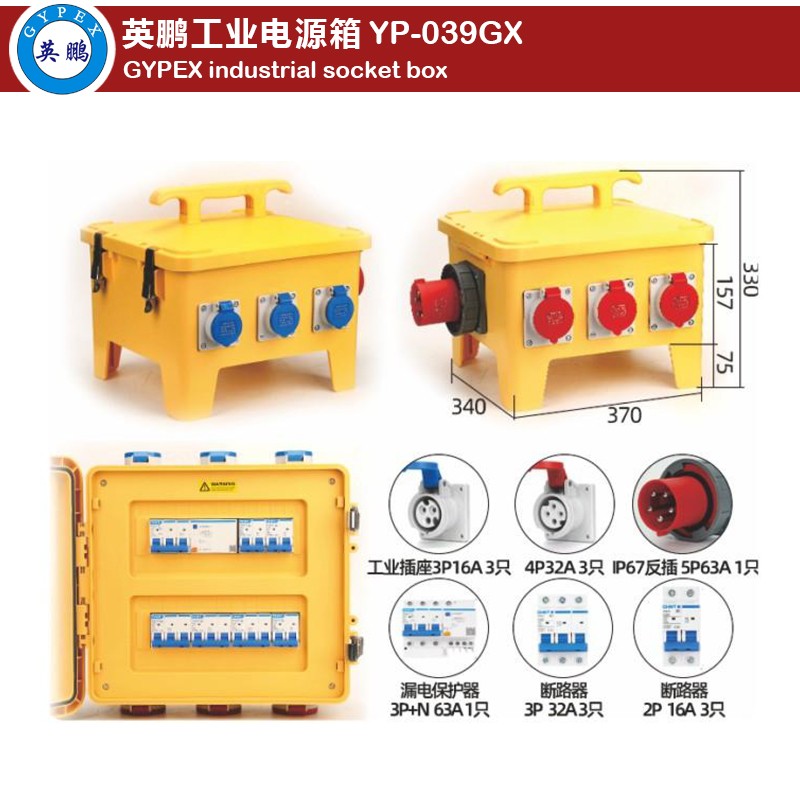This article provides a detailed guide on the construction and design considerations of an industrial mobile power station.
2024-08-07 11:58:12
475
社会新闻
Introduction: In the realm of industrial applications, a reliable and portable power source is indispensable. The industrial mobile power station serves as a versatile solution, offering a stable and safe power supply on-the-go. This guide outlines the critical steps and design elements in creating an efficient mobile power station.
1. Structural Design: The power station is typically housed in a rectangular shell composed of a base panel, front and rear panels, left and right side panels, and a cover panel. These components are assembled to form a robust enclosure.
2. Energy Storage Component: The core of the power station is the energy storage unit, which includes a battery compartment and an associated circuit board. The circuit board is connected to control buttons, voltage meters, sockets, and explosion-proof outlets for power management and distribution.
3. Mobility Enhancement: To facilitate easy transportation, the power station is equipped with wheel axles, rear wheels, foot supports, and feet at the bottom of the shell. This design allows for simple movement and stable positioning on various terrains.
4. Thermal Management: Ventilation holes are strategically placed on the side panels to dissipate heat, while handles on the cover panel provide easy access for maintenance. An internal fan and fan cover further enhance the cooling efficiency.
5. Separation of Circuitry and Battery Compartment: A partition is used to separate the circuit board from the battery compartment, ensuring safe and organized installation within the shell.
6. Safety Features: The design incorporates multiple protective mechanisms against overcharge, over-discharge, overcurrent, and overheating to ensure safe operation.
7. Interface Configuration: The power station is fitted with a variety of output interfaces, such as AC, DC, and USB, to accommodate different power requirements of devices.
8. Testing and Calibration: After assembly, the power station undergoes rigorous testing and calibration to ensure all functionalities, including charging, power supply, and output, are operating correctly.
9. Additional Features: To enhance portability and practicality, features like retractable handles, rollers, plug hooks, and power indicators can be included.
Conclusion: The construction of an industrial mobile power station requires careful planning and consideration of structural integrity, thermal management, and user convenience. By following these guidelines, one can create a power station that is reliable, safe, and adaptable to various industrial applications.
